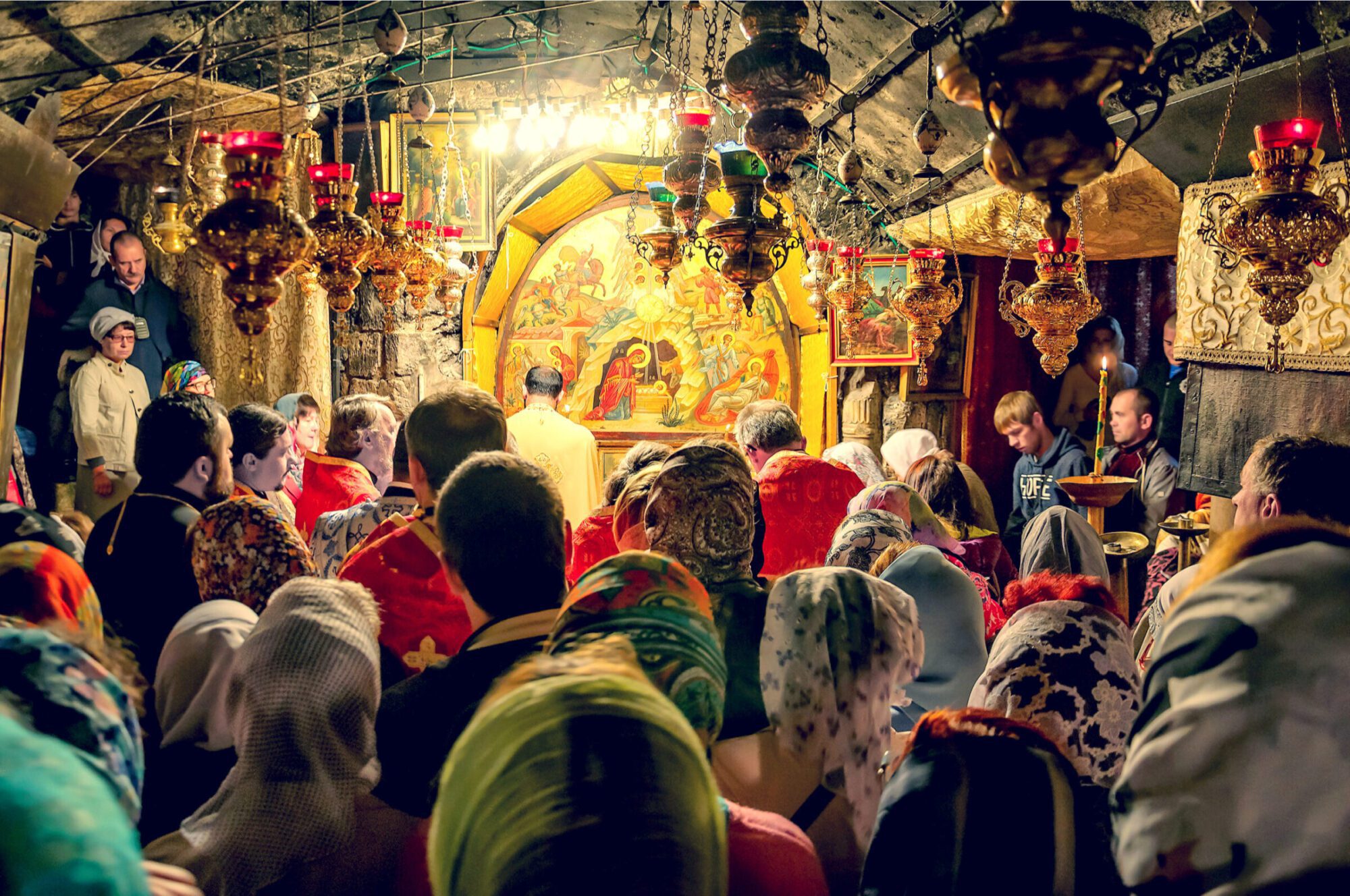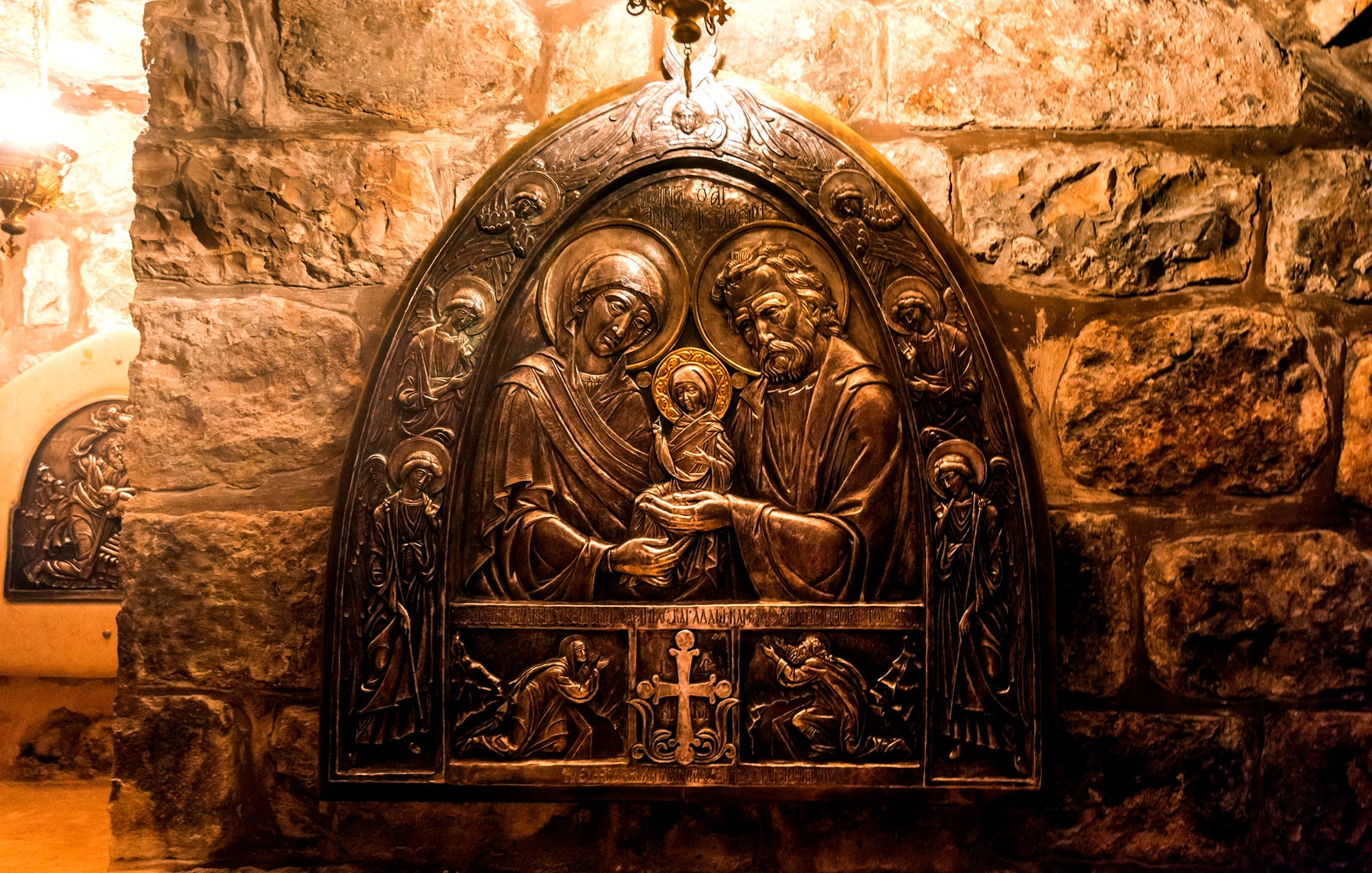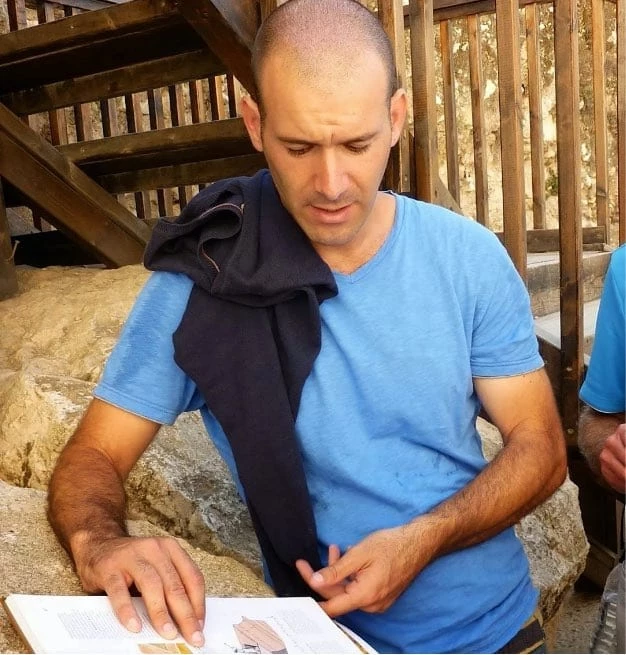So this post is about Jesus’ Genealogy and Nativity. Jesus was Jewish, born to Mary, wife of Joseph (Matthew 1; Luke 2). The Gospels of Matthew and Luke offer two accounts of the genealogy of Jesus. Matthew traces Jesus’ ancestry to Abraham through David. Luke traces Jesus’ ancestry through Adam to God. The lists are identical between Abraham and David but differ radically from that point. Matthew has twenty-seven generations from David to Joseph, whereas Luke has forty-two; with almost no overlap between the names on the two lists. Various theories have been put forward seeking to explain why the two genealogies are so different.
The Church of Nativity

More About Jesus: Genealogy and Nativity
Matthew and Luke each describe Jesus’ birth, especially that Jesus was born to a virgin named Mary in Bethlehem in fulfillment of prophecy. Luke’s account emphasizes events before the birth of Jesus and centers on Mary, while Matthew’s mostly covers those after the birth and centers on Joseph.
Both accounts state that Jesus was born to Joseph and Mary; his betrothed, in Bethlehem, and both support the doctrine of the virgin birth of Jesus; according to which Jesus was miraculously conceived by the Holy Spirit in Mary’s womb when she was still a virgin. At the same time, there is evidence, at least in the Lukan Acts of the Apostles; that Jesus was thought to have had, like many figures in antiquity; dual paternity, since there it is stated he descended from the seed or loins of David. Joseph will give him the necessary Davidic descent by taking him as his own.
Jesus: Genealogy and Nativity in Matthew’s Gospel
In Matthew, Joseph is troubled because Mary, his betrothed; is pregnant (Matthew 1:19–20). But in the first of Joseph’s three dreams an angel assures him not to be afraid to take Mary as his wife because her child was conceived by the Holy Spirit In Matthew 2:1–12, wise men or Magi from the East bring gifts to the young Jesus as the King of the Jews. They find Jesus in a house in Bethlehem. Jesus is now a child and not an infant.
Matthew focuses on an event after the Luke Nativity where Jesus was an infant. In Matthew Herod the Great hears of Jesus’ birth and, wanting him killed, orders the murders of male infants in Bethlehem under the age of 2. But an angel warns Joseph in his second dream, and the family flees to Egypt—later to return and settle in Nazareth. In Luke 1:31–38, Mary learns from the angel Gabriel that she will conceive and bear a child called Jesus through the action of the Holy Spirit.
When Mary is due to give birth; she and Joseph travel from Nazareth to Joseph’s ancestral home in Bethlehem to register in the census ordered by Caesar Augustus. While there Mary gives birth to Jesus, and as they have found no room in the inn, she places the newborn in a manger (Luke 2:1–7). An angel announces the birth of a group of shepherds, who go to Bethlehem to see Jesus and subsequently spread the news abroad (Luke 2:8–20). After the presentation of Jesus at the Temple, Joseph, Mary, and Jesus return to Nazareth.

Jesus Genealogy and Nativity: Early Life and Family and Profession
Jesus’ childhood home is identified in the gospels of Luke and Matthew as the town of Nazareth in Galilee; where he lived with his family. Although Joseph appears in descriptions of Jesus’ childhood; no mention is made of him thereafter. His other family members—his mother, Mary, his brothers James, Joseph, Judas and Simon and his unnamed sisters—are mentioned in the gospels and other sources.
The Gospel of Mark reports that Jesus comes into conflict with his neighbors and family. Jesus’ mother and brothers come to get him (Mark 3:31–35) because people are saying that he is crazy (Mark 3:21). Jesus responds that his followers are his true family. In John, Mary follows Jesus to his crucifixion, and he expresses concern over her well-being (John 19:25–27).
Jesus is called a τέκτων (tektōn) in Mark 6:3, traditionally understood as a carpenter but it could cover makers of objects in various materials, including builders. The gospels indicate that Jesus could read, paraphrase, and debate scripture, but this does not necessarily mean that he received formal scribal training.
When Jesus is presented as a baby in the temple per Jewish Law, a man named Simeon says to Mary and Joseph that Jesus “shall stand as a sign of contradiction; while a sword will pierce your own soul. Then the secret thoughts of many will come to light” (Luke 2:28–35). Several years later, when Jesus goes missing on a visit to Jerusalem; his parents find him in the temple sitting among the teachers; listening to them and asking questions, and the people are amazed at his understanding and answers; Mary scolds Jesus for going missing, to which Jesus replies that he must “be in his father’s house” (Luke 2:41–52).


